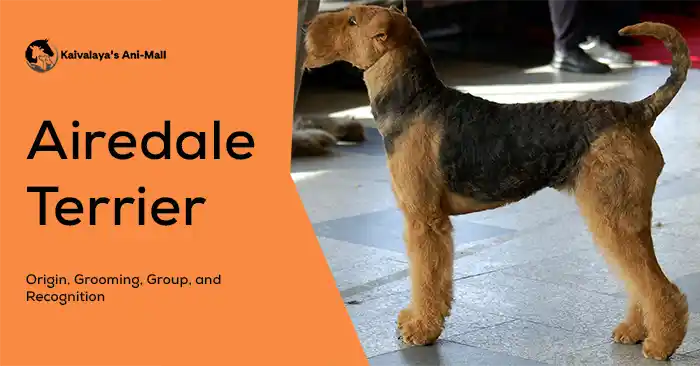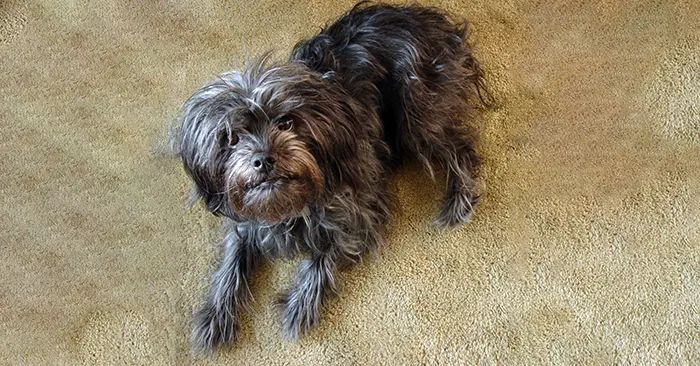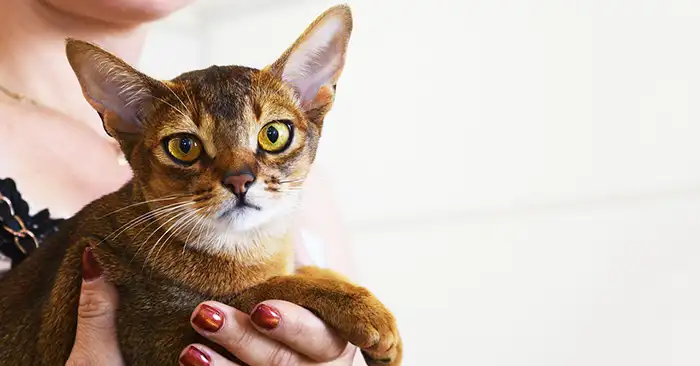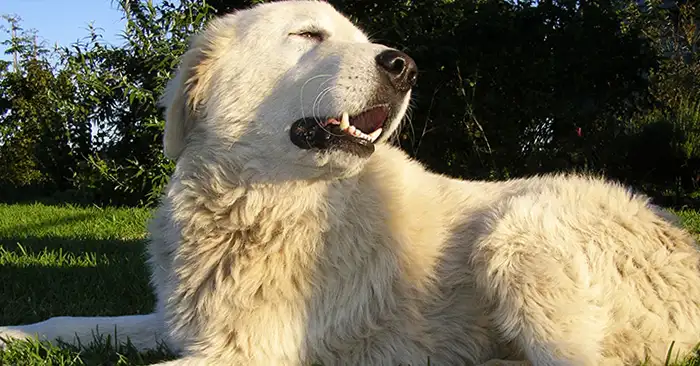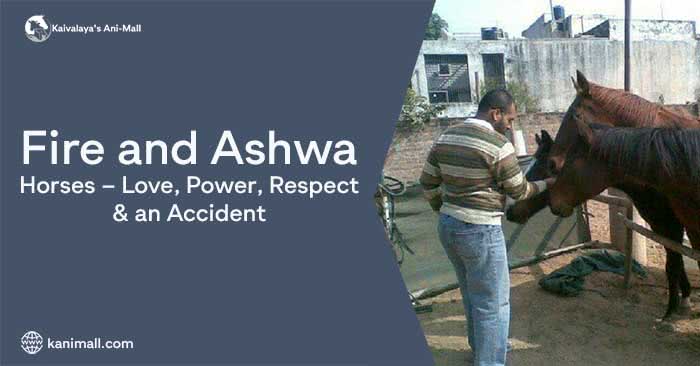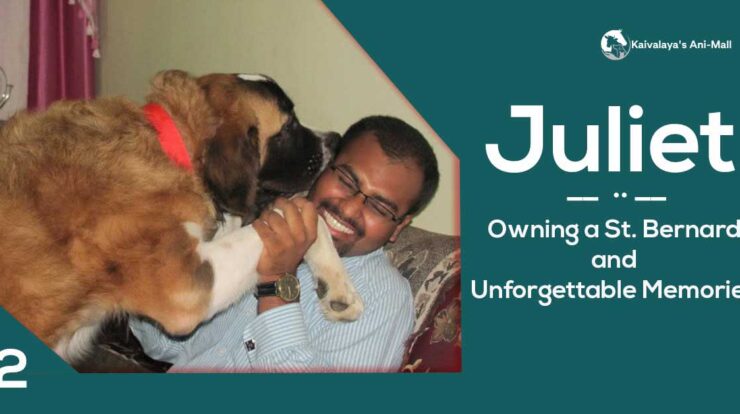Many of us love to have a gentle giant as a companion when we think about owning a dog. Bullmastiff is a loving, docile and protective dog who can fill our life with joy by owning them. This fearless beast is although not everyone’s cup of tea. Due to their stubborn and independent nature, people with good experience of having such dogs should opt for this breed. As it is a strong and large sized dog, it can be disastrous for novice and inexperienced owners. So, let’s know more about this sweet giant. This is the type of breed I love to own. I love mastiff breeds.
Bullmastiff Origin
The Bullmastiff breed came into existence when people with larger estates having game preserves wanted their big property to be gaurded from poachers in England. This breed came into existence around 1860 by crossing mastiff and bulldog in 60/40 ratio. Although history of mastiff is around 2000 years old but, origin of Bullmastiff is quite new and a result of human intervention. They wanted a dog who could cover short distances in short time and pin down the culprit but, mastiff was clumsy for it and bulldog was small in size to pin down a person so, it’s breeders combined the two breeds to get a new breed according to their needs. The crossing successfully resulted in Bullmastiff in 1860. Although around 20th century the demand of gamekeeping dogs declined but, became popular as companion dogs. They were recognised by Kennel Club of England in 1924 and by Kennel Club of America in 1933.
Bullmastiff Temperament
Bullmastiff is a perfect family with excellent loyality and love to be around their owners. Never think to kennel your bullmastiff outside. They are even tempered and self assured in nature. They are moderately active so they are appropriate for moderately active people. They need brisk walk and free play every day. They are not fully couch potatoes and to keep them in shape you need to keep them active but, not overly active as it is not good for their joints due to their heavy bodies. Big houses with ample area is preferred for your bullmastiff to be content.
They are territorial and possessive because of their gaurding background. Early socialisation will make your bullmastiff more accepting strangers when they are grown up. They are docile, fearless, love to please and confident making them a perfect companion with addition to gaurding. They are intelligence and love to please but, because of their stubborn nature it is advised to start training early as they are not very easily trainable. You need to make them clear their place in the pack so, this breed is not for everyone.
Bullmastiffs get along with children very well when grown up with them. But, care should be taken when children other than their owner are present. Rough play with their master’s children can trigger in defense mode of your bullmastiff and can hurt other’s children. So, you should never leave your bullmastiff unsupervised with other person’s children.
They do not do well with same sex dogs due to being territorial especially in case of males.
You May Also Like: Egg fish goldfish: Goldfish Breeds Part 10 || Top 10 Police K9 Unit Dog Breeds
Bullmastiff Physical Appearance
Bullmastiff is symmetrical, muscular and large sized dog. But, they are not overly heavy or light. They are strong and powerfully built. They have a broad and wrinkled head with short, broad and dark muzzle. Stop is moderate. Ears of bullmastiff are dark coloured and pendant shaped. Ears are carried close to cheeks.
Coat is dense, single layered, slightly rough and short in length. The coat colours they come in are fawn, brindle and red and often with black markings on head.
Tail is strong and carried high. The tail is thicker at base and tapers with curve or straight reaching to hocks.
Bullmastiff Size
Height
- Male – 25 to 27 inches
- Female – 24 to 26 inches
Weight
- Male – 110 to 133 pounds
- Female – 100 to 120 pounds
FCI Classifications
- Section – Section 2.1, Molossian: Mastiff type
- Group no 2
- Date of acceptance – 4/23/1955
- Country of origin – Great Britain
- Standard no 157
Bullmastiff Grooming
Your Bullmastiff is easy to groom and their coat does not need a lots of care. They shed moderately. Brush your bullmastiff everyday lightly with short bristled brush or rubber grooming mitt. You should give bath to your bullmastiff when dirty and with not much dirt you should give bath to your pooch once in every three months.
Now come to cleaning those wrinkly faces as not doing that can cause infections in those folds of your dog. You will need to clean those wrinkles every day with damp cloth first and then dry them with dry soft cloth. At least wrinkles should be cleaned every other day. Always check for debris or odour and if present then please consult your vet.
- Teeth of your bullmastiff should be brushed once a week.
- Ears should be checked and cleaned once in a week with using ear cleaner and cotton ball.
- Always check for clicking sounds on floor while your dog is walking. If it is then trim it’s nails.
You May Also Like: Belgian Laekenois Dog : Size, Health, Training || Afghan hound health issues
Bullmastiff Nutrition
Adult bullmastiff should be given high quality dog food specifically for large breed dogs. In addition to dog food you should give raw meat, fish and vegetables regularly. They are prone to get overweight which is not good for their joints. So, you should try to know the correct amount of food should be given to your dog to keep it in shape. You should offer food twice in a day to avoid bloating.
Clean water should always be available for your pooch.
Bullmastiff Training
When you bring your bullmastiff pup home always keep in your mind to establish boundaries and rules for your pup. Establishing your position in pack is also important to have an obedient companion for those years in future with your dog. As their size will become big when they grow up and can knock down children or physically weak people while playing, you need to train them early to not to jump on people. They should be trained early to do high physical activities outside home and not inside home. Your bullmastiff pup should be socialised from very early with strangers, children, dogs and other pets to make them easy with everything. As they are protective and territorial in nature it is must to early socialisation to have a well behaved adjustable companion.
Due to their stubborn and independent nature it is important for you to guide and train them from very early. You need to act more intelligently and stubborn than your dog to train it. You should be confident, consistent and calm while training your pup. Rewarding positively with treats when your dog follows your command and saying no sternly while not obeying is required during their training. Mutual respect and discipline should be considered during training your pup.
Bullmastiff Health Challenges
Bullmastiffs are prone like any other breed of dog to environmental diseases. They are prone to bloating. Other than that they have many genetic diseases. Cancers like lymphosarcoma and osteosarcoma are very common reasons for taking lives of this breed. Heart disease are becoming more common in this breed.
The other genetic diseases are as follows
- Hip dysplasia
- Elbow dysplasia
- Torn anterior cruciate ligaments
- Hypothyroidism
- Entropin
- Subaortic stenosis
- Heart murmurs
- Cardiomyopathy
- Allergies
- Litter size of bullmastiff is 4 to 13 puppies with 8 puppies commonly.
Bullmastiff lifespan is quite less of only 8 to 10 years.
You May Also Like: Chart Polski grooming : A Helpful Guide || Berger Picard Origin, Nutrition, Grooming and Size Details Get here

